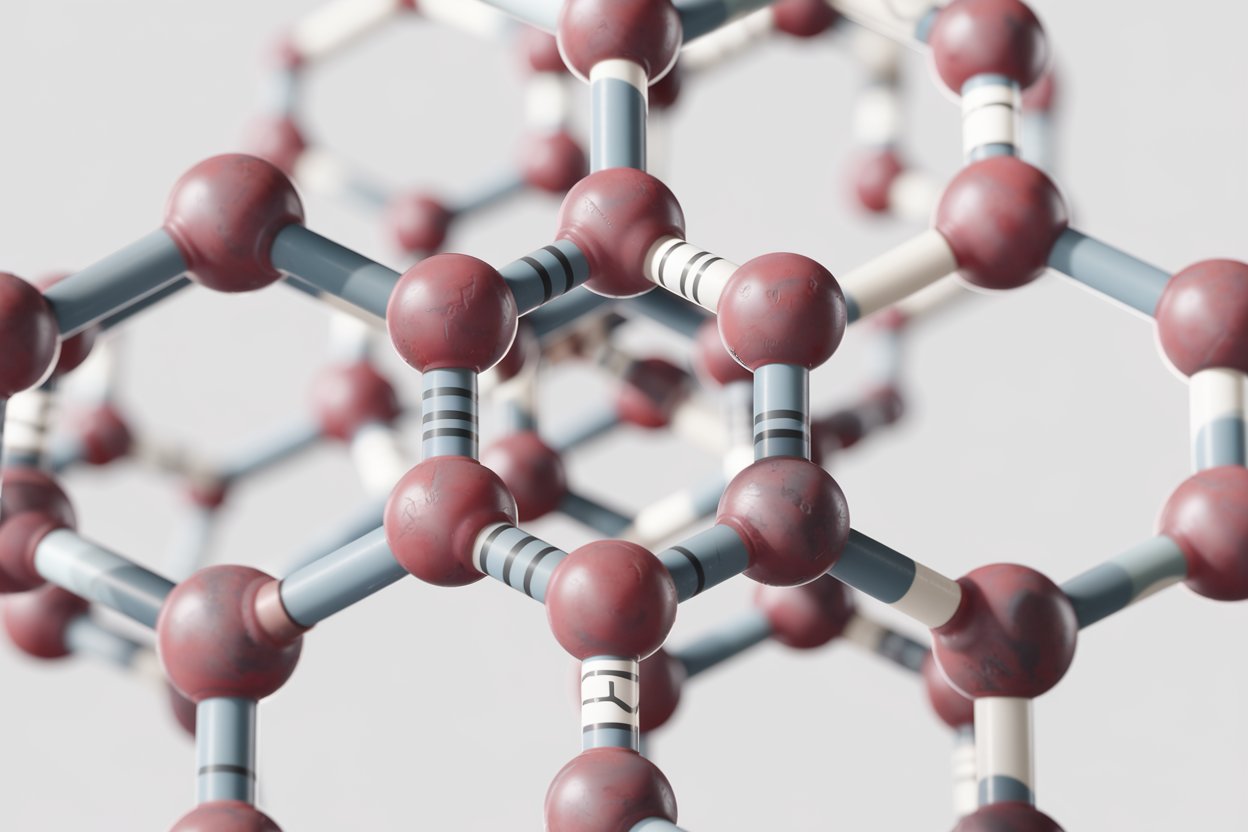
Norcycloartenol might sound like a mouthful, but it's a fascinating compound with a big role in plant biology. Found in various plants, this molecule is a precursor in the biosynthesis of sterols, which are essential for cell membrane structure and function. Sterols help plants stay strong and healthy, much like vitamins do for humans. Ever wondered how plants manage to stand tall and resist environmental stress? Norcycloartenol plays a part in that resilience. From its chemical structure to its impact on agriculture, there's a lot to learn about this tiny but mighty compound. Ready to dive into the world of norcycloartenol? Let's get started!
Key Takeaways:
- Norcycloartenol is a vital sterol in plants, contributing to cell membrane structure and function. It also plays a role in plant growth, development, and environmental resilience.
- Research on norcycloartenol is exploring its potential in pharmaceuticals, crop enhancement, biofuels, cancer treatment, and cosmetics. It is naturally occurring and biodegradable, with minimal environmental impact.
What is Norcycloartenol?
Norcycloartenol is a lesser-known compound but plays a crucial role in plant biology. It is a type of sterol, which are essential components of cell membranes in plants. Let's dive into some fascinating facts about this compound.
-
Norcycloartenol is a sterol found in plants, contributing to the structure and function of cell membranes.
-
It is a precursor in the biosynthesis of other important sterols, including cholesterol and ergosterol.
-
This compound is part of the triterpenoid family, which includes over 20,000 different molecules.
-
Norcycloartenol is synthesized in the endoplasmic reticulum of plant cells.
-
The compound plays a role in maintaining cell membrane integrity and fluidity.
Role in Plant Biology
Understanding the role of norcycloartenol in plant biology helps us appreciate its importance. Here are some key points about its biological functions.
-
Norcycloartenol is involved in the synthesis of brassinosteroids, which are plant hormones that regulate growth and development.
-
It helps in the formation of cuticular waxes, which protect plants from water loss and pathogens.
-
The compound is crucial for the proper functioning of the plant's immune system.
-
Norcycloartenol contributes to the structural integrity of plant cells, making them more resilient to environmental stress.
-
It also plays a role in the signaling pathways that control plant growth and development.
Chemical Structure and Properties
The chemical structure of norcycloartenol is complex but fascinating. Let's explore some details about its structure and properties.
-
Norcycloartenol has a tetracyclic structure, which means it consists of four interconnected rings.
-
The molecular formula of norcycloartenol is C30H50O.
-
It has a molecular weight of 426.72 g/mol.
-
The compound is hydrophobic, meaning it does not dissolve well in water.
-
Norcycloartenol is stable under normal environmental conditions but can degrade under extreme heat or light.
Applications and Research
Research on norcycloartenol is ongoing, and scientists are discovering new applications for this compound. Here are some interesting facts about its applications and research.
-
Norcycloartenol is being studied for its potential use in pharmaceuticals, particularly in the development of new drugs.
-
Researchers are exploring its role in enhancing crop resistance to diseases and environmental stress.
-
The compound is also being investigated for its potential use in biofuels, as it can be converted into hydrocarbons.
-
Norcycloartenol has shown promise in studies related to cancer treatment, as it may have anti-tumor properties.
-
Scientists are also looking into its potential use in cosmetics, particularly in products aimed at improving skin health.
Environmental Impact
The environmental impact of norcycloartenol is an important area of study. Here are some facts about its role in the environment.
-
Norcycloartenol is naturally occurring and does not pose a significant threat to the environment.
-
It plays a role in the carbon cycle, as it is part of the biomass that decomposes and returns carbon to the soil.
-
The compound can be broken down by microorganisms, making it biodegradable.
-
Norcycloartenol does not accumulate in the environment, reducing the risk of long-term ecological impact.
-
Research is ongoing to understand how changes in climate and environmental conditions affect the production and function of norcycloartenol in plants.
Final Thoughts on Norcycloartenol
Norcycloartenol, a lesser-known compound, plays a crucial role in plant biology. This molecule, part of the sterol biosynthesis pathway, helps plants maintain cell membrane integrity and fluidity. Its presence ensures plants can adapt to environmental stresses, making it vital for their survival.
Understanding norcycloartenol's function can lead to advancements in agriculture and biotechnology. By manipulating its levels, scientists could develop crops with improved resistance to diseases and harsh conditions. This knowledge might also pave the way for new pharmaceuticals derived from plant sterols.
In essence, norcycloartenol is more than just a chemical compound. It's a key player in the complex world of plant biology, with potential benefits extending to human health and agriculture. As research continues, we may uncover even more fascinating aspects of this important molecule.
Frequently Asked Questions
Was this page helpful?
Our commitment to delivering trustworthy and engaging content is at the heart of what we do. Each fact on our site is contributed by real users like you, bringing a wealth of diverse insights and information. To ensure the highest standards of accuracy and reliability, our dedicated editors meticulously review each submission. This process guarantees that the facts we share are not only fascinating but also credible. Trust in our commitment to quality and authenticity as you explore and learn with us.
